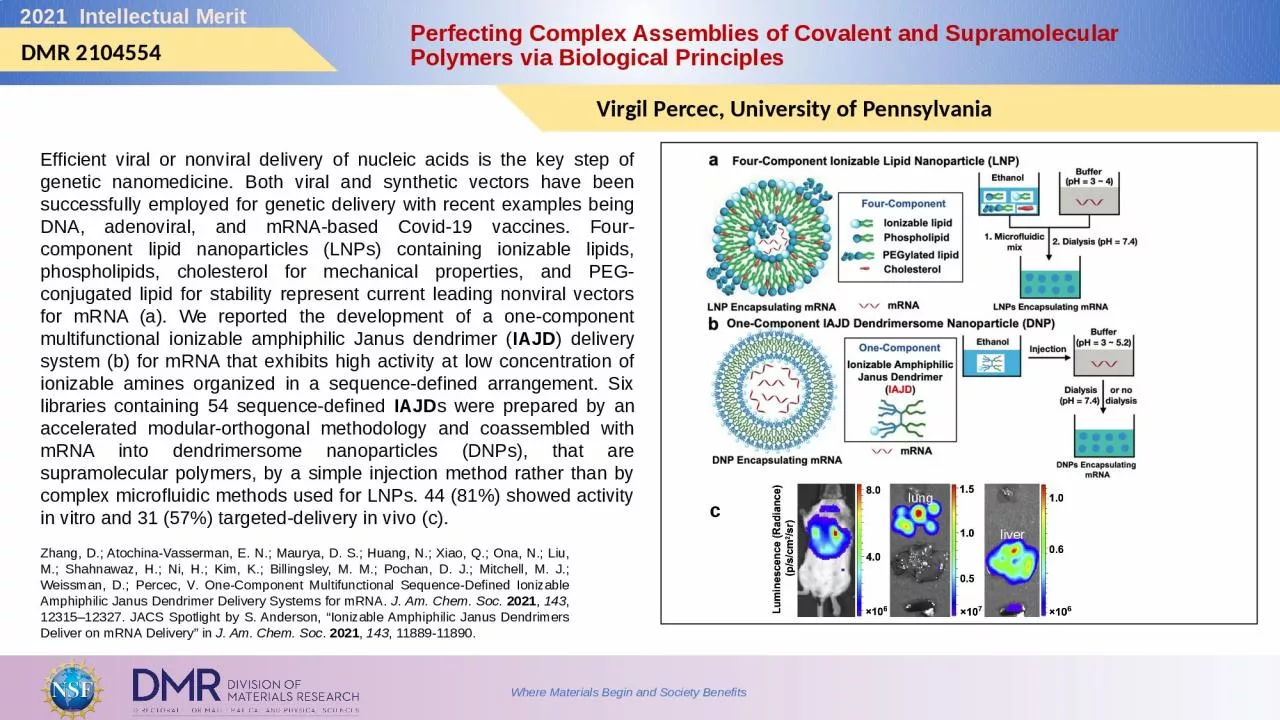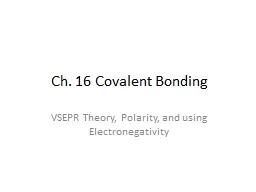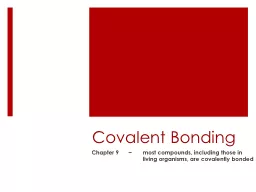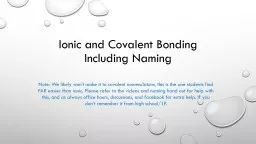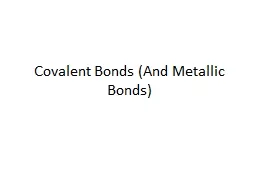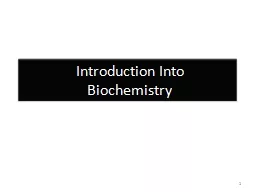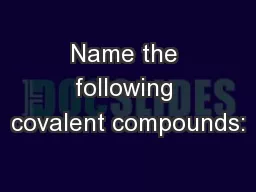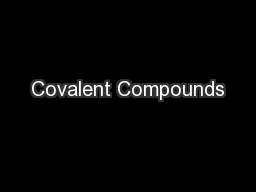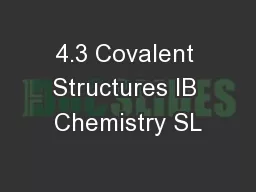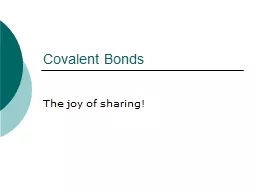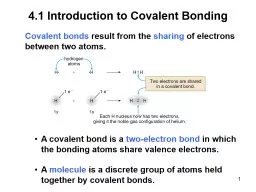PPT-Perfecting Complex Assemblies of Covalent and Supramolecular Polymers via Biological Principles
Author : eddey | Published Date : 2023-09-19
DMR 2104554 2021 Intellectual Merit Virgil Percec University of Pennsylvania Efficient viral or nonviral delivery of nucleic acids is the key step of genetic nanomedicine
Presentation Embed Code
Download Presentation
Download Presentation The PPT/PDF document "Perfecting Complex Assemblies of Covalen..." is the property of its rightful owner. Permission is granted to download and print the materials on this website for personal, non-commercial use only, and to display it on your personal computer provided you do not modify the materials and that you retain all copyright notices contained in the materials. By downloading content from our website, you accept the terms of this agreement.
Perfecting Complex Assemblies of Covalent and Supramolecular Polymers via Biological Principles: Transcript
Download Rules Of Document
"Perfecting Complex Assemblies of Covalent and Supramolecular Polymers via Biological Principles"The content belongs to its owner. You may download and print it for personal use, without modification, and keep all copyright notices. By downloading, you agree to these terms.
Related Documents

